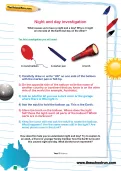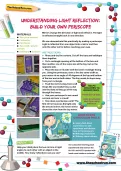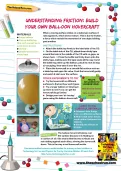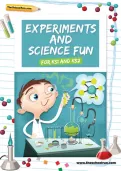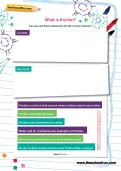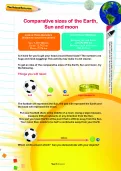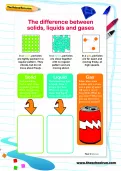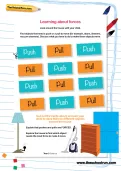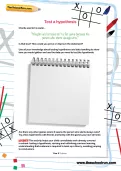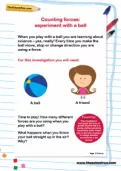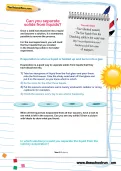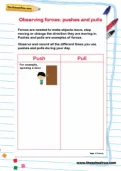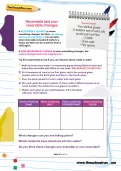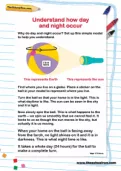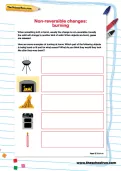Mirrors change the direction of light and reflect it. We can demonstrate this practically by making a periscope. Light is reflected from one object into a mirror and then onto the other mirror before reaching your eyes. Collect your materials and find out for yourself!
or
Register to add to your saved resources
When a moving surface slides on a stationary surface it rubs against it, which slows it down. This is due to friction, a force which resists the movement of one object sliding past another. Understand more about friction with a fantastic practical project: make your own balloon hovercraft!
or
Register to add to your saved resources
Beans, gingerbread men, ice, washing-up bottles and cocoa powder – that's all you need to demonstrate key KS1 and KS2 science concepts to your child at the kitchen table. Packed with simple experiments, fun games (Muffled Chinese Whispers, anyone?) and parent-friendly science explanations, our Experiments and science fun for KS1 and KS2 learning pack is all you need to make primary science come to life for your child.
or
Register to add to your saved resources
Worksheet with a list of statement about friction which children need to sort into 'correct' and 'incorrect' boxes.
or
Register to add to your saved resources
An activity for your child to try at home to help them get a clear understanding of the comparative sizes of and distances between the Earth, Sun and moon.
or
Register to add to your saved resources
Already a subscriber? to view this content.
Worksheet showing the difference between solids, liquids and gases and encouraging children to find objects and describe them.
or
Register to add to your saved resources
Already a subscriber? to view this content.
This science worksheet is aimed at Key Stage 2 pupils and will help your child to develop their science skills by using first-hand experience to answer questions.
or
Register to add to your saved resources
Activity encouraging children to use objects around the home to demonstrate floating, sinking and the upthrust force of water.
or
Register to add to your saved resources
A hypothesis about the game noughts and crosses which prompts children to find their own method to prove or disprove the initial statement.
or
Register to add to your saved resources
Already a subscriber? to view this content.
A fun way to introduce your child to the concept of gravity and its effect on objects.
or
Register to add to your saved resources
This experiment helps children to understand that sometimes a solution of a solid and a liquid can be separated by evaporation.
or
Register to add to your saved resources
Already a subscriber? to view this content.
In this entertaining activity your child will learn all about sounds.
or
Register to add to your saved resources
This experiment helps children to think about how to methodically carry out an investigation and then draw conclusions about temperature and dissolving from the results.
or
Register to add to your saved resources
A fun worksheet that will help your child grasp the concept of forces.
or
Register to add to your saved resources
Already a subscriber? to view this content.
This experiment that you can do at home helps your child to understand the difference between a reversible change and a non-reversible change.
or
Register to add to your saved resources
An ingenious experiment that will demonstrate how day and night occur in simple terms.
or
Register to add to your saved resources
A worksheet to encourage children to think about how everyday objects change when they are lit or burnt.
or
Register to add to your saved resources
Deepen your child's understanding of gravity and offer an opportunity to illustrate that understanding.
or
Register to add to your saved resources
Some examples of changes made by heating or freezing. Children need to work out whether these are reversible or non-reversible. Some can be tested at home.
or
Register to add to your saved resources
Already a subscriber? to view this content.
Results of an investigation involving forces for children to answer questions on.
or
Register to add to your saved resources

